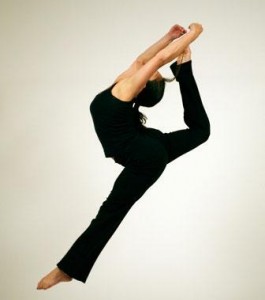Preventing Throwing Injuries in Youth Baseball
More and more young baseball players, especially pitchers, are coming down with “Little League elbow,” or “Little League shoulder.” Don’t let the names fool you; these are real medical diagnoses with real consequences. Among pitchers under 12-years-old, as many as 45 percent complain of chronic elbow pain, according to several published studies. At the high school level, nearly six in every 10 pitchers suffer chronic elbow pain. Most will heal with a combination of rehabilitation and prolonged rest while some will require surgery.
How to prevent throwing injuries
Limit the number of pitches
A broad recommendation is that pitchers base their number of pitches each week by multiplying their age by 10, so an 8-year-old would limit his pitches to 80 per week. A 12-year-old would throw no more than 120.
The American Academy of Orthopaedic Surgeons (AAOS) recommends limiting the number of pitches per game to 60 to 100, with no more than 30 to 40 in a single practice session, adding that innings pitched should be limited to about four per week, with a minimum of three days rest between starts.
Warm Up
Research studies have shown that cold muscles are more prone to injury. The AAOS suggests an active full body warm up followed by slow, gentle stretching, holding each stretch for 30 seconds. A knowledgeable coach or trainer should be able to guide your athlete in this area.
Throw Correctly and Master the Basics
Poor throwing motions put undue stress on the elbow and shoulder. It is especially important that between the ages of 8 and 14 players receive skilled instruction in proper throwing mechanics. Pitching lessons should focus on gaining control, increasing velocity and developing a command of the strike zone.
Recognize the warning signs
One of the most important factors to preventing the development of serious injuries is early identification and treatment. Young players often ignore pain or are encouraged to play through it. This way of thinking can be extremely harmful and lead to more serious complications that may not heal without aggressive treatment and possible surgery. However, if caught early, most youth throwing injuries can be relieved with a combination of therapy, rest, and rehabilitative exercises.
Early signs of injury include decrease in ability to throw the ball as fast or as accurately, loss of enjoyment in playing baseball, elbow or shoulder pain with or after throwing. If any of these signs are present, the player should be evaluated by a healthcare professional. More significant signs include prolonged persistent pain after throwing, swelling at the elbow, and difficulty straightening the elbow.
Any persistent pain, loss of motion or joint should keep a player on the sidelines until the symptoms disappear or a doctor clears the players. Be sure to consult a health care professional familiar with the intricacies of baseball injuries if any of these signs are present.
-Dr. Kevin Rose, DC, CCSP®
Dr. Rose is a Certified Chiropractic Sports Practitioner® located in San Diego. As a former professional baseball player, having played three seasons in the minor leagues, Dr. Rose understands the unique characteristics of baseball injuries first hand.


 physical demands placed on the bodies of dancers have been shown to make them just as susceptible to injury as football players. For this reason, more emphasis should be placed on creating awareness of risk and preventing injuries in dancers. Most dancers begin dancing at a young age, the repetitive practice of movements that require extreme flexibility, strength, and endurance make them prime candidates for overuse injuries. In fact, there is little doubt that the vast majority of injuries are the result of overuse rather than trauma. These injuries tend to occur at the foot, ankle, lower leg, low back, and hip. These injuries show up with greater frequency in dancers as they age, so it is extremely important to emphasize what the young dancer can do to prevent future injuries.
physical demands placed on the bodies of dancers have been shown to make them just as susceptible to injury as football players. For this reason, more emphasis should be placed on creating awareness of risk and preventing injuries in dancers. Most dancers begin dancing at a young age, the repetitive practice of movements that require extreme flexibility, strength, and endurance make them prime candidates for overuse injuries. In fact, there is little doubt that the vast majority of injuries are the result of overuse rather than trauma. These injuries tend to occur at the foot, ankle, lower leg, low back, and hip. These injuries show up with greater frequency in dancers as they age, so it is extremely important to emphasize what the young dancer can do to prevent future injuries.

